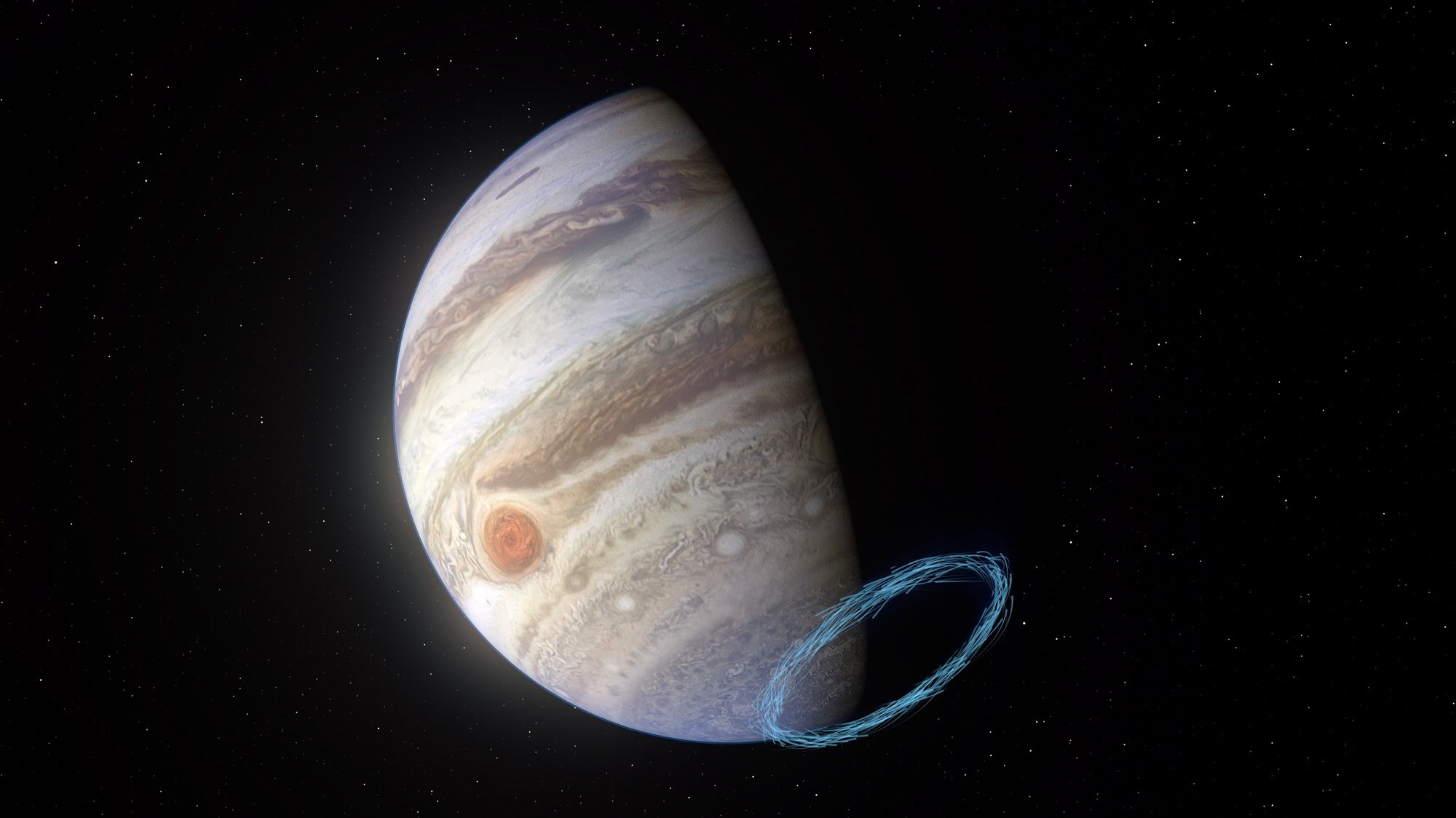A “super Jupiter” has been detected around a neighboring star by the James Webb Space Telescope, a team of scientists revealed on Wednesday, adding that The planet also has a super orbit.
The planet has about the same diameter as Jupiter, but six times the mass. Its atmosphere is also rich in hydrogen like Jupiter’s.
The big difference is that this planet takes more than a century, possibly up to 250 years, to orbit its star. The distance to its star is 15 times greater than that of the Earth to the Sun.
Scientists have long suspected that a large planet orbits this star 12 light-years away, but it is not nearly as massive or far from its star. One light-year is about 9.46 trillion kilometers.
These new observations show that the planet orbits the star Epsilon Indi A, part of a three-star system.
An international team led by Elisabeth Matthews of the Max Planck Institute for Astronomy in Germany collected the images last year and published the findings Wednesday in the journal Nature.
Astronomers directly observed the incredibly old and cold gas giant (a rare and complicated feat) by using a special shading device on Webb.
By blocking the starlight, the planet stood out as a tiny point of infrared light.
The planet and star are 3.5 billion years old, 1 billion years younger than our solar system, but still considered old and brighter than expected, Matthews said.
The star is so close and bright to our solar system that it is visible to the naked eye in the southern hemisphere.
“This is a gas giant with no hard surface and no oceans of liquid water,” Matthews told the agency. Associated Press (AP).
This solar system is unlikely to have any more gas giants.he noted, but small rocky worlds may be lurking.
Jupiter-like worlds could help scientists understand “how these planets evolve on gigayear timescales,” he added.
The first planets outside our solar system (called exoplanets) were confirmed in the early 1990s.
NASA’s tally now stands at 5,690 as of mid-July. The vast majority were detected using the transit method, in which a fleeting dip in starlight, repeated at regular intervals, indicates an orbiting planet.
Telescopes in space and on Earth are searching for even more planets that could be similar to Earth.
Launched in 2021, NASA and the European Space Agency’s Webb telescope is the largest and most powerful astronomical observatory ever placed in space.
Source: Observadora
